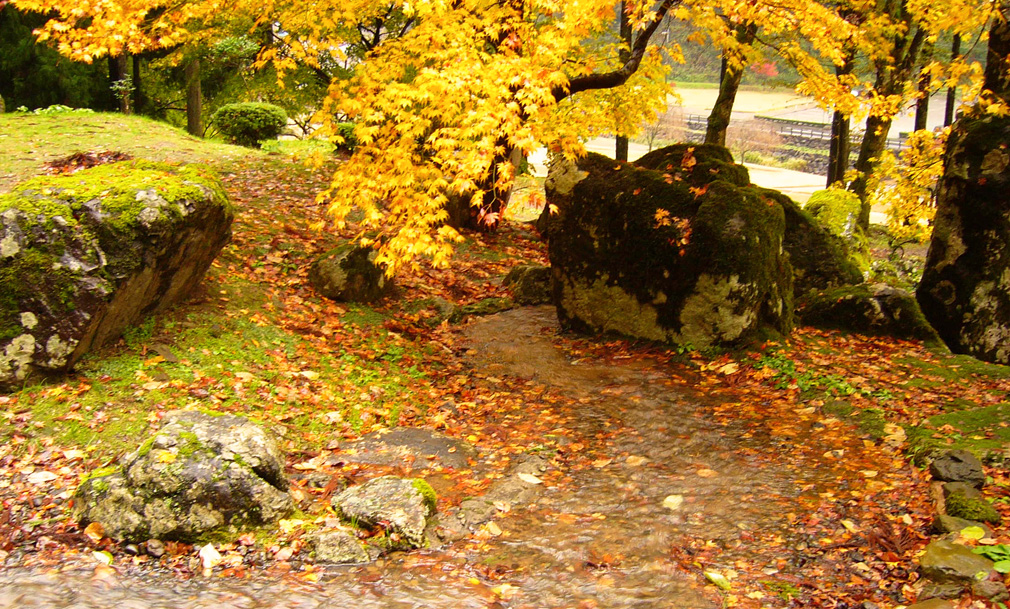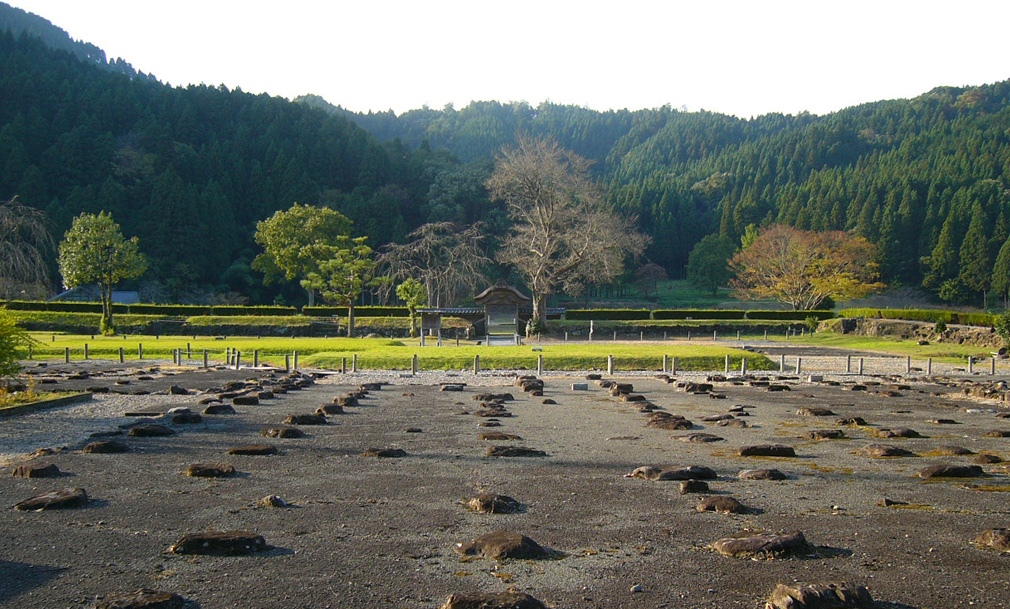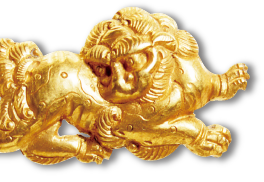


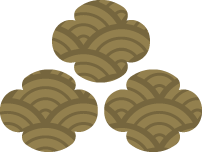




About the Ruins
BriefHistory
The Asakura clan was a powerful family who lived in what is now the city of Yabu in Hyogo Prefecture. In the Nanbokucho period (1336–1392), Hirokage Asakura entered the Echizen province (present-day Fukui) on orders from his liege, Takatsune Shiba. During the generation of Takakage Asakura, the clan expanded its power due to its contribution in the Onin War of 1467 and established their base in Ichijodani in Echizen province. After gaining so much power, the Asakura clan eventually overthrew the Shiba and Kai clans of Echizen and established rule in Echizen province. Thereafter, the family prospered in the Echizen province for over a period of 103 years or 5 generations which were led by Takakage, Ujikage, Sadakage, Takakage, and Yoshikage respectively. During that time period, cultured individuals from Kyoto and Nara such as nobles and priests visited the area frequently. At the time, Kyoto was the capital of Japan, so due to its flourishment and close proximity, Echizen earned the reputation as the “Little Kyoto of Hokuriku” (Hokuriku is a major region of Japan). However, the Asakura clan lost to Nobunaga Oda in 1573 during the fight to unify the country. The castle town was burned down, and the legacy of Asakura reached its end.
HistoricSites
Ichijodani, the clan’s stronghold, is located approx. 10 km southeast of Fukui City. Ruins of the castle town which was ruled by the Sengoku feudal lords of the Asakura clan were found buried in good condition. Excavation of the ruins began in 1967, and a 278-ha (2.78㎢) area that includes Ichijodani Castle was designated as a special national historic site in 1971. In addition, Suwa Yakata Garden Ruin, Yudono Garden Ruin, Asakura Yakata Garden Ruin, and Nanyoji Garden Ruin were designated as special places of scenic beauty in 1991. Furthermore, 2,343 out of all the excavated articles were designated as important cultural properties in 2007.


Garden Ruins
Asakura Yakata(Mansion) Ruins and Yakata GardenRuin
These are the ruins of the residence of the 5th-generation Asakura clan feudal lord, Yoshikage Asakura. It’s a site that spans across approximately 6,500 m2 of land. Three sides are enclosed by earthworks and moats. The tsunegoten (living quarters), shuden (main building), kaisho (meeting house), chashitsu (tea room), and the oldest flowerbed in Japan, were neatly situated on the site, as well as the kitchen, stable, and storehouse. Yakata Garden Ruin, which is situated on a hillside to the east of the mansion, has striking arrangements of rocks, resembling a waterfall and seawall. Influences from Kyoto can be observed in the sophisticated rock arrangements.
Suwa Yakata GardenRuin
Suwa Yakata was the residence of Yoshikage Asakura’s wife, Koshosho. Its garden is the largest of the gardens discovered among the ruins. There is a huge rock in the center measuring more than 4 m high which served as part of an arrangement of rocks for creating a waterfall. The rock bears the Buddhist names of family members such as the 3rd-generation feudal lord, Sadakage, and the 4th-generation feudal lord, Takakage, etched in the late Edo period. Overall, the arrangement of rocks in this garden is a well-balanced piece of architectural beauty.

Yudono GardenRuin
Located on elevated ground overlooking the ruins of Yoshikage’s residence, the wild manner in which the rocks are arranged in this garden is surprising. Each one stands on its own. It is a pond garden which has islands of rock resembling cranes and turtles as well as a water channel that runs along the hillside from the south side to the north side and flows into the top of a waterfall.
The garden, thought to be the oldest garden of Ichijodani, has a style that differs from any other garden.

Nanyoji Garden Ruin
Nanyoji Temple was a nunnery restored by the 3rd-generation feudal lord, Sadakage, for his daughter. It is located in a scenic place northeast of the Yoshikage’s residence. A rock arrangement and traces of a pond garden remain. There is a waterfall of three sections forming a dynamic rock arrangement. Yoshiaki Ashikaga, who later became a shogun, was invited here for a cherry blossom-viewing party. It is said there was once a beautiful weeping cherry tree in front of the garden.

Important cultural property








